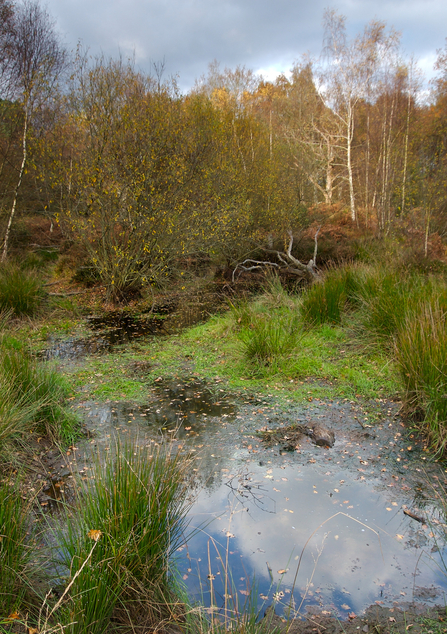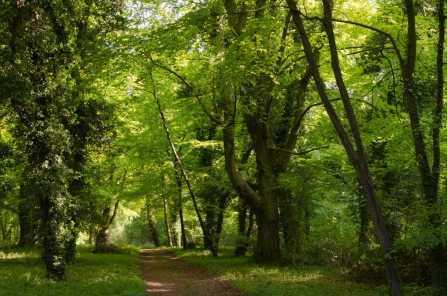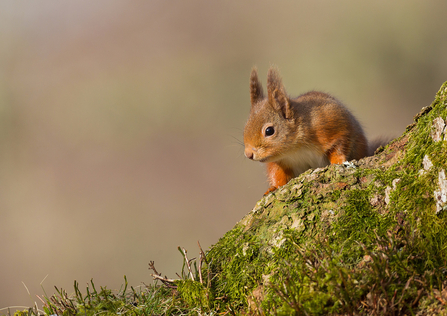Many of our nature reserves contain patches of woodland, some of them very important within the mosaic of other habitats protected in the area. Trees within grassland or heathland habitats provide valuable shelter, breeding habitat and food for many creatures. However, here we will focus on just a few of our nature reserves which conserve some of the larger areas of forest in our two counties.
Pamber & Upper Inhams Copse
Pamber Forest was unmanaged ancient woodland when the Trust took the nature reserve on. Without traditional techniques like coppicing, the forest was not supporting as much wildlife as it should so species were starting to disappear. By coppicing stands of trees, bringing much-needed light back to the forest floor, some of these species began to reappear. The nature reserve is fantastic for butterflies and moths, with 606 moth species recorded in 2020 (the highest ever). In addition to this incredible invertebrate diversity, the woodland is also home to hazel dormice, adders and nightjar. In Spring, the forest floor is studded with wildflowers such as wood anemone, wild daffodils and bluebells.
Upper Inhams Copse, to the east of Pamber Forest, was bought by the Trust in 2001, following a gift left in a Will with a wish that it be used to buy woodland. Gwen Talmey donated in memory of her parents, Samuel Jesse Coakes and Elizabeth Verina Coakes.
Gwen's generosity meant that we could add to a nature reserve that was already managed for wildlife. Adding more nature-rich habitats in the area helps to join-up the landscape for wildlife and create a wilder Hampshire and Isle of Wight.




